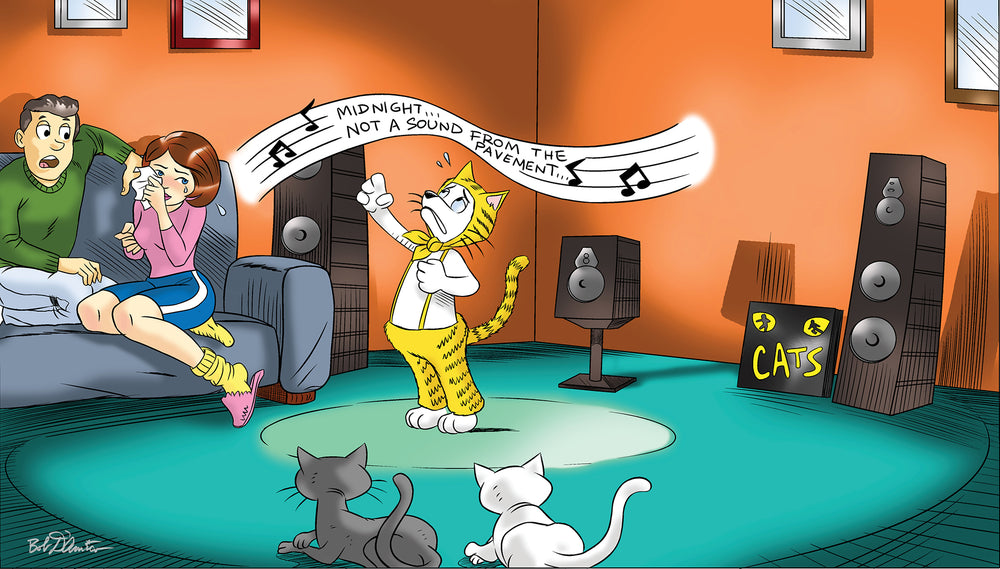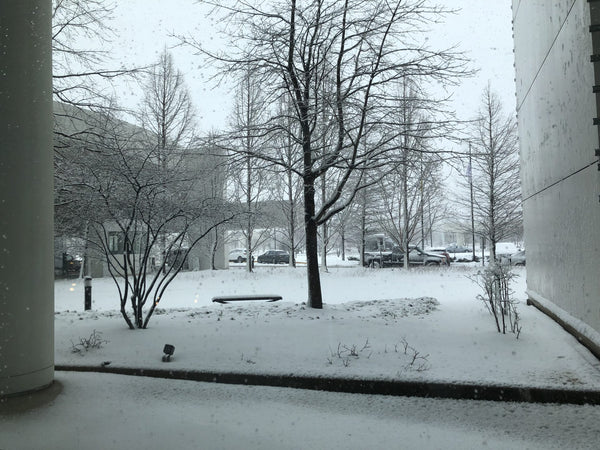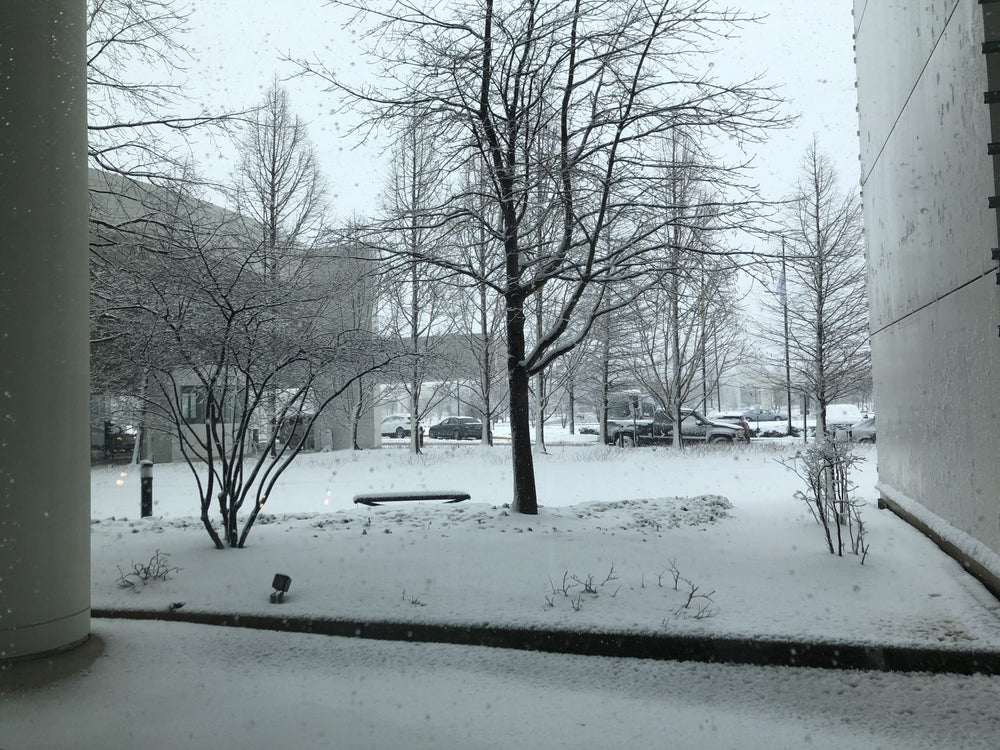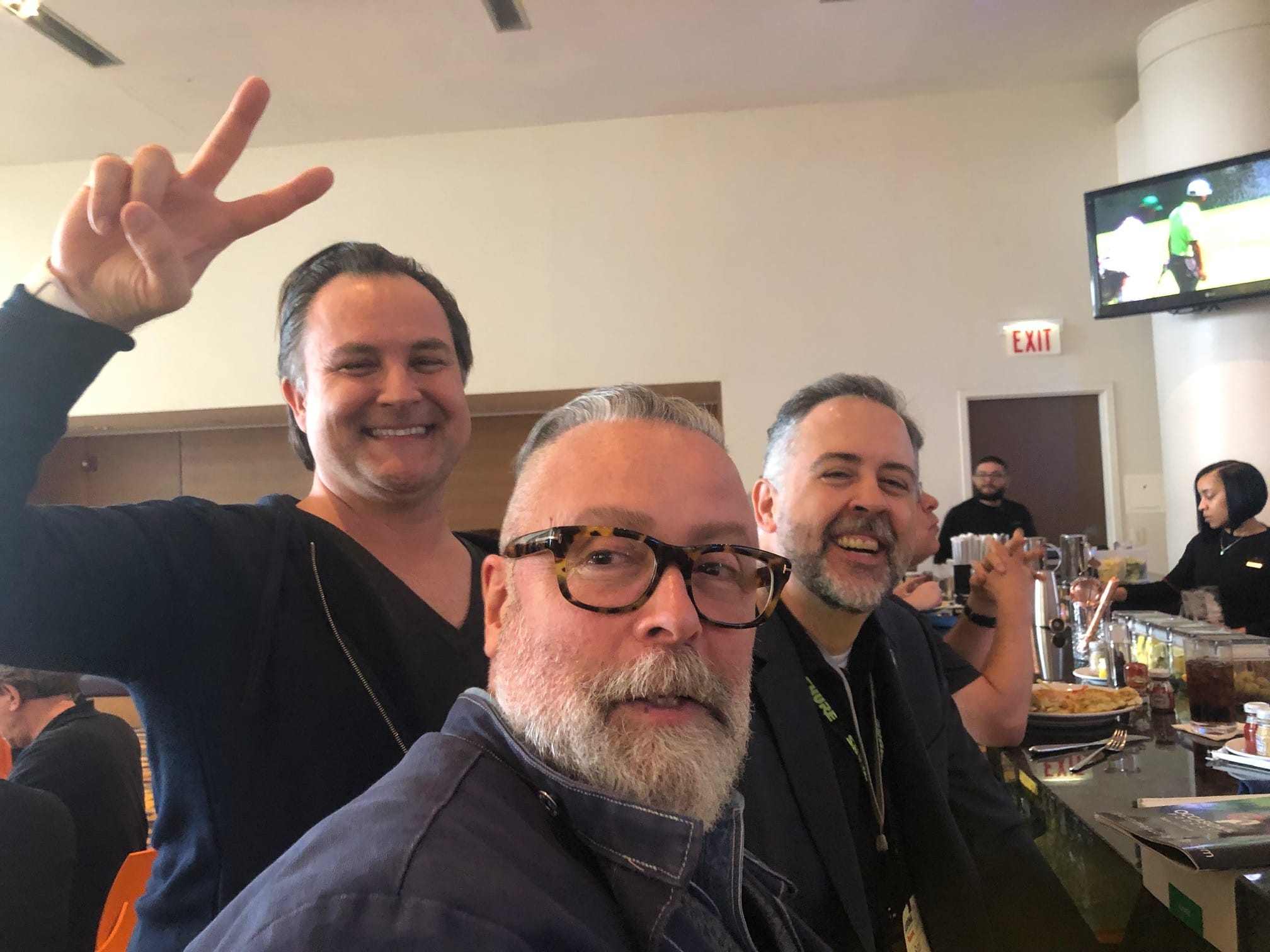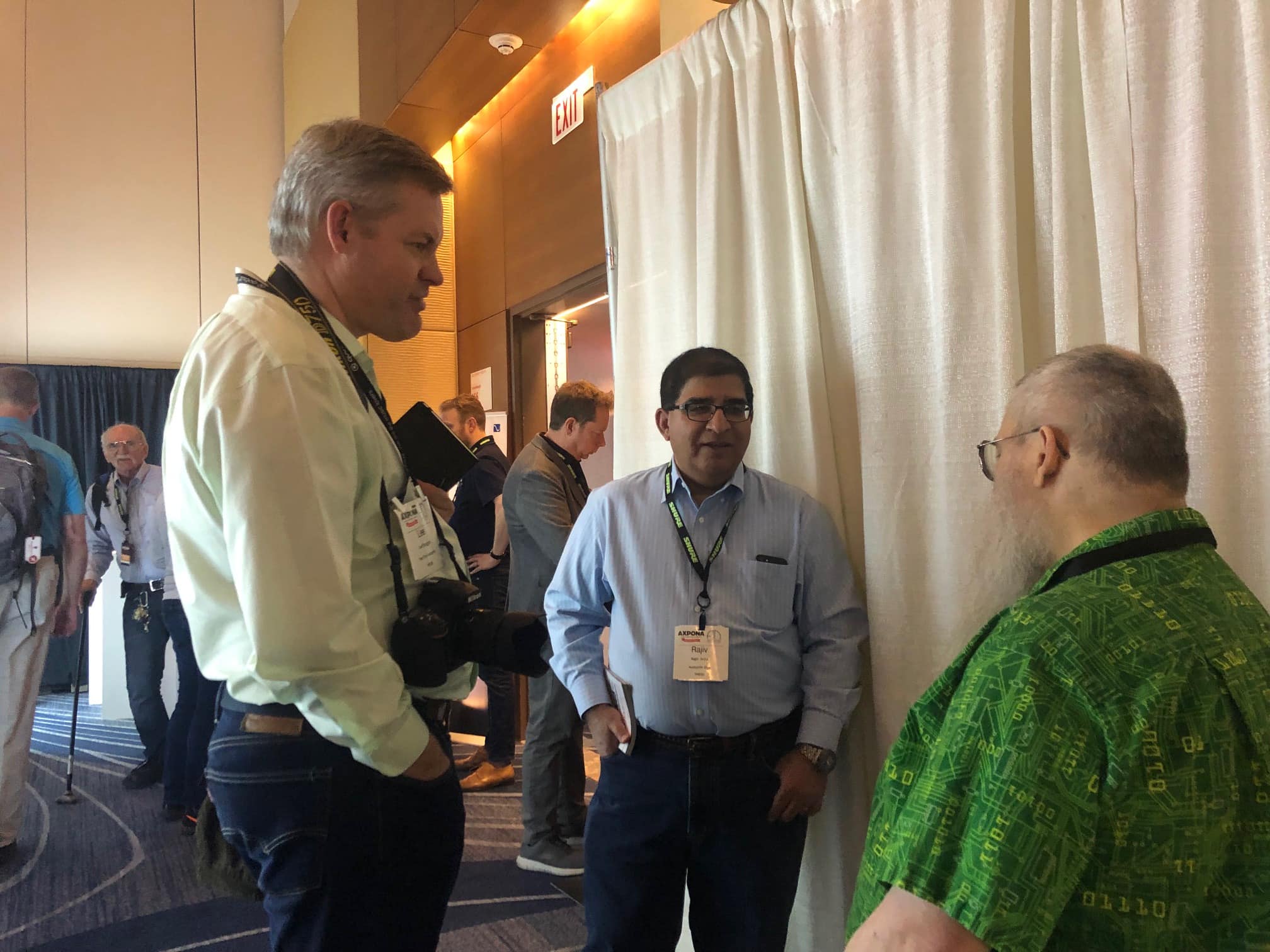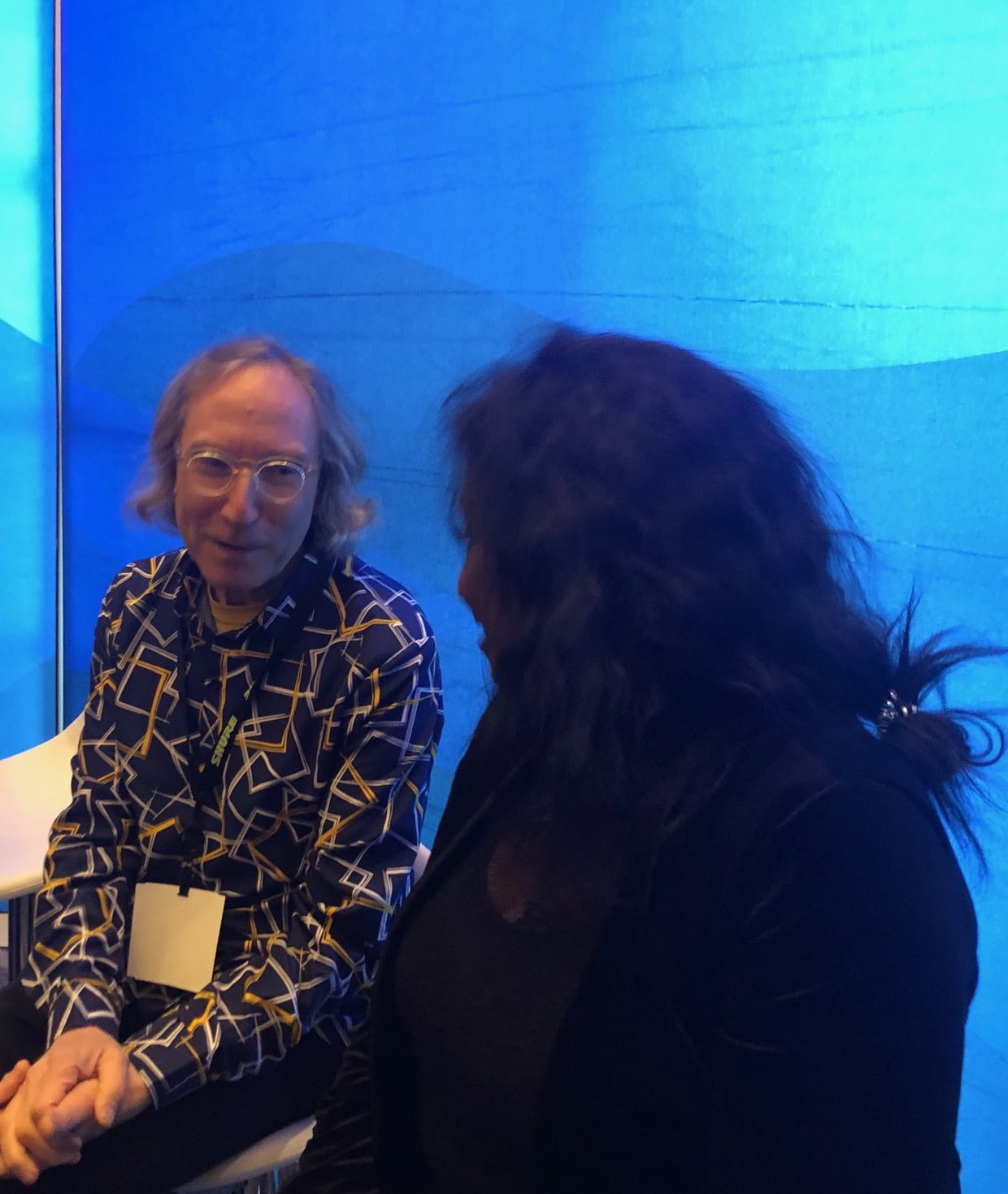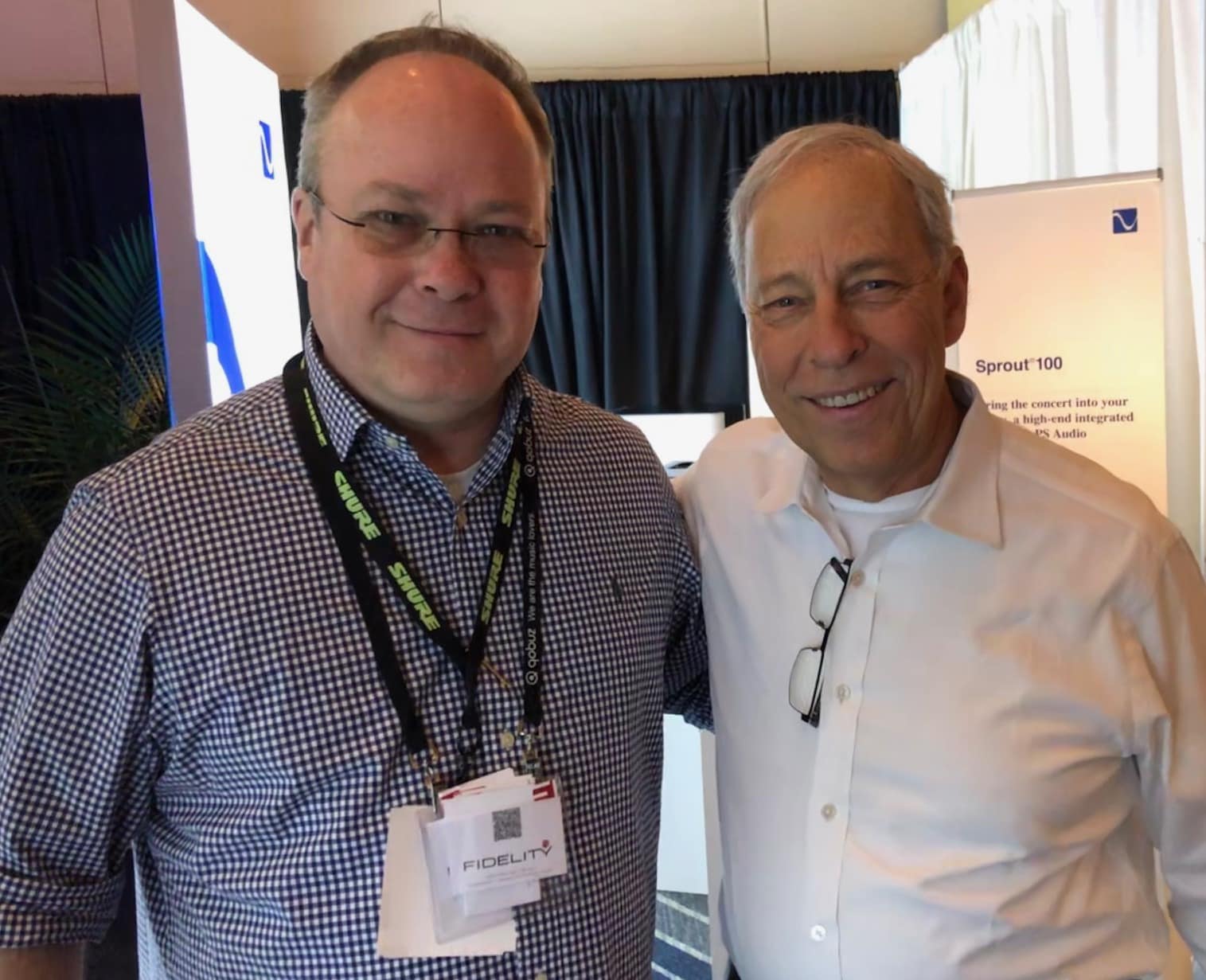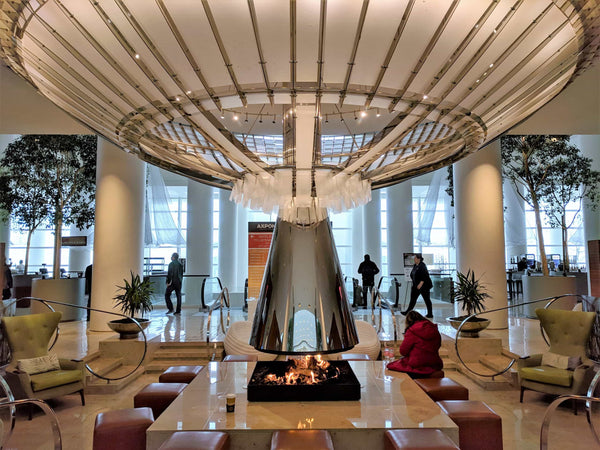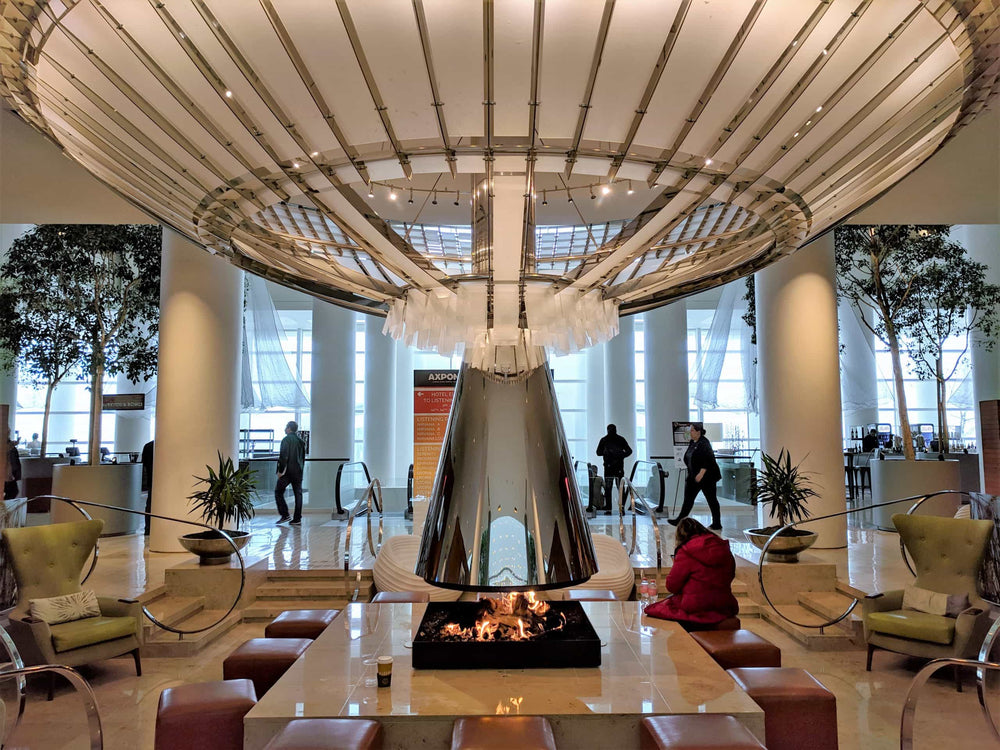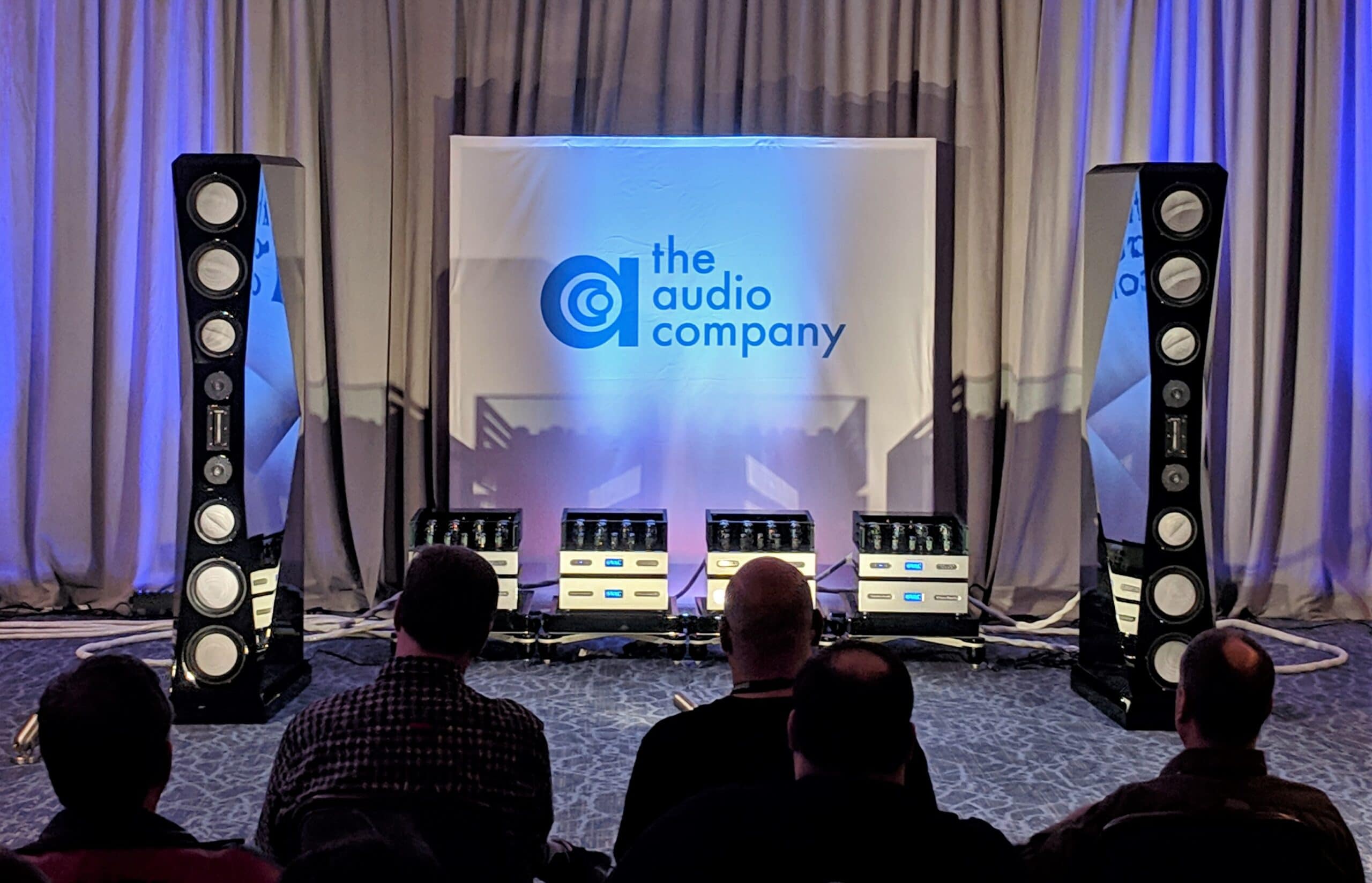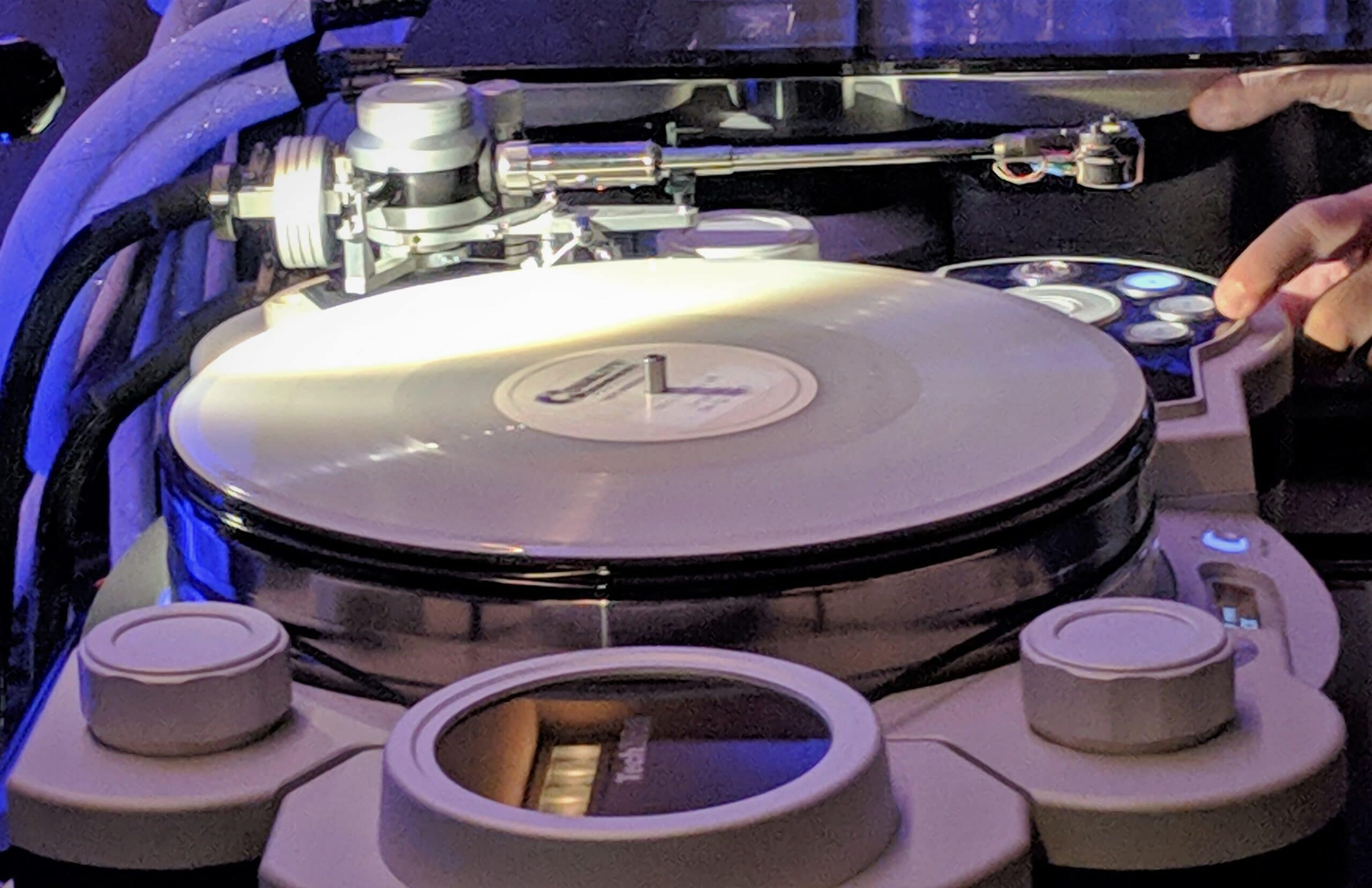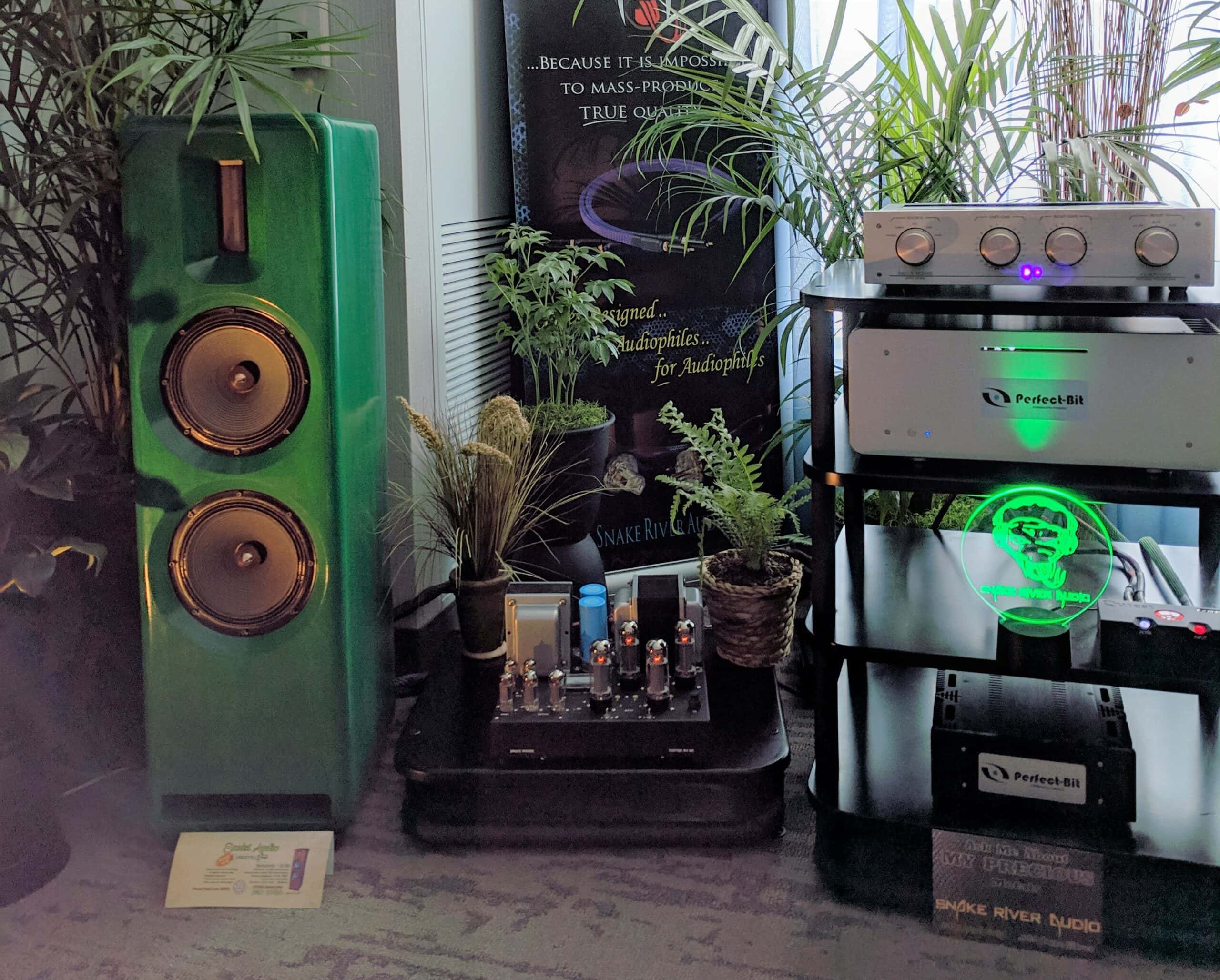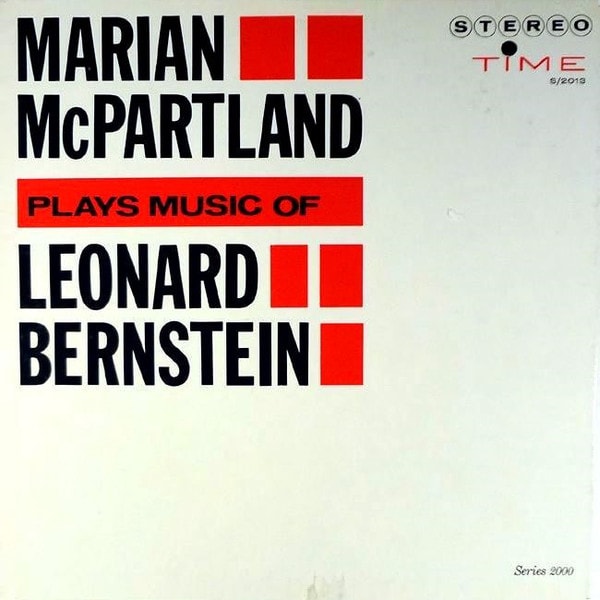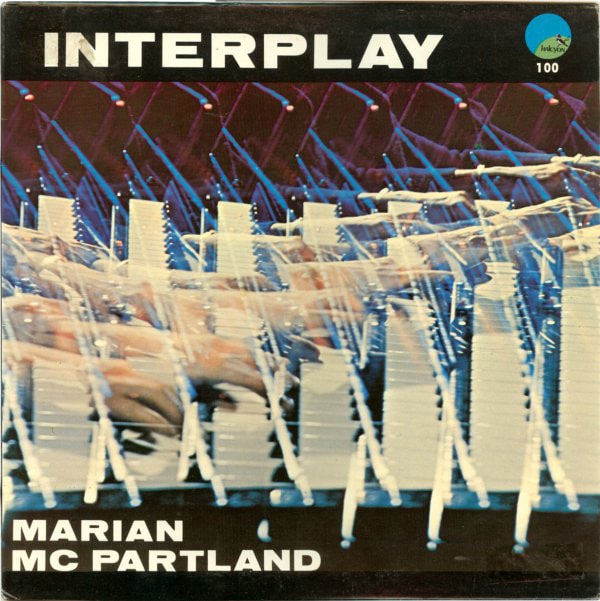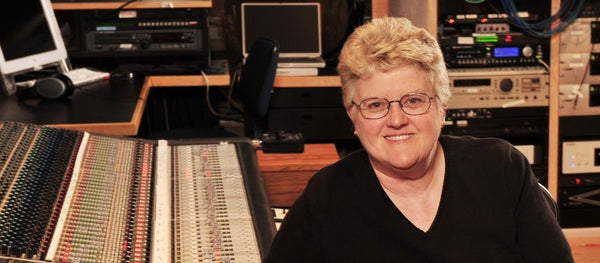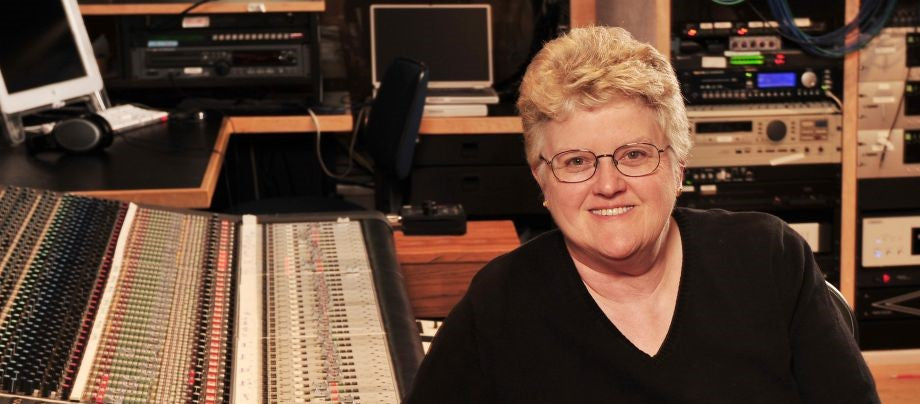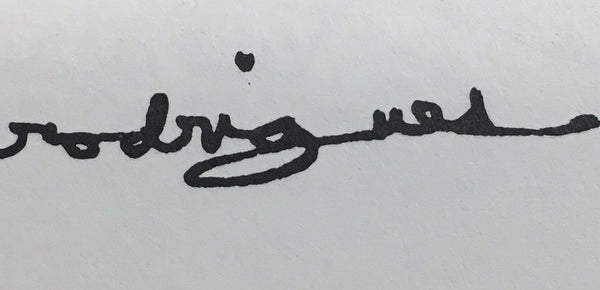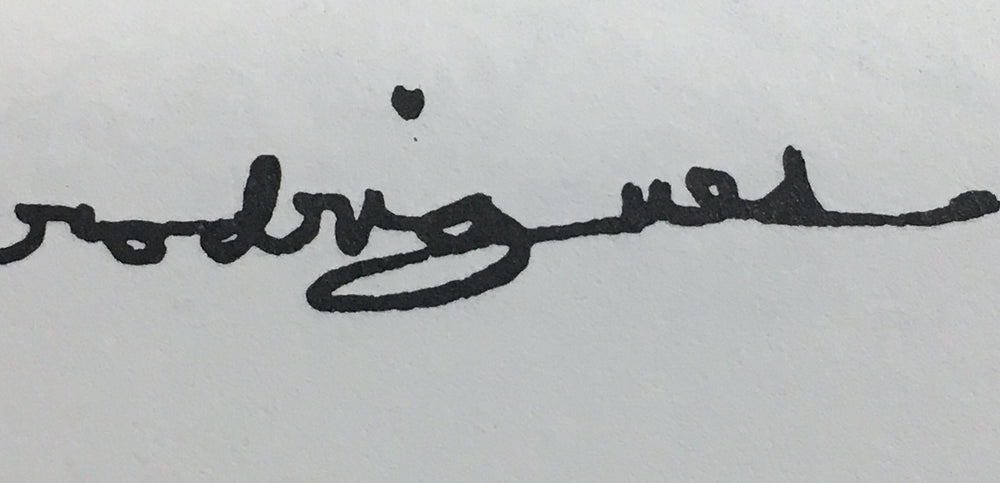[Originally published in Goldmine magazine—Ed.]
Talking Beatles, The JFK Assassination and rival DJ Murray the K….
In 1964, there were only 4 ways to connect with your rock ‘n’ roll heroes:
- Buying the 45’s and maybe albums (if you could talk your parents into it!)
- Possibly seeing them on a TV variety show
- The newsstand specialty magazines (which popped up seemingly overnight the minute the Beatles appeared on the Ed Sullivan Show), and…
- Through the voices of DJs at AM radio that fed you a steady diet of music and information about them.
The Disk Jockeys were our connection to the current hits and the hits to come. The voices of the DJs at that time were (and are) cemented into our musical references and individual histories.
At that point, having been born in NYC and still living there in 1964, I was glued to Hit Radio 77, unofficially called “77 WABeatleC, The Number one station in the Nation!”
Of all the jocks on the station, three had the greatest effect on me: afternoon jock Dan Ingram, early evening jock Scott Muni, and the nighttime jock who also did the weekly top 40 countdown, Cousin Brucie (Bruce Morrow).
I recently sat down with Bruce Morrow for an interview about what it was like to be one of the most important DJs of the era. I wanted to know what it was like to be the first person to bring the Beatles into our homes, what it was like to meet the Beatles for the first time, introduce them and Ed Sullivan at the Shea Stadium concert, and his thoughts about rival DJ “Murray the K” (the 5th Beatle).
I did this interview at the SiriusXM studios in NY where Bruce has a radio show on the channel 60’s on 6. I want to say that, at the age of 82, his energy rivals 20-year-olds, and his voice…that voice, is exactly the same as it was when I was 10 years old!
Bruce may be the sole remaining working (and living) DJ from that golden era when AM radio ruled our lives. His graciousness and warmth toward me was incredible.
(Ironically, Dan Ingram was still alive at the time of the interview and then passed away suddenly 2 weeks later.)
A couple of days after the interview, I realized that I wanted to know the answer to one more question.
As monumental as the arrival of the Beatles was, the trauma of the events on November 22nd, 1963, a mere 5 weeks before the Beatles were played on WABC for the first time, occurred.
It was the day that President John F. Kennedy was assassinated.
Jay Jay French: What was it like to be on the air the night of the Kennedy assassination?
Bruce: I remember I was in my car on Ocean Avenue in Brooklyn with my wife. (Dan Ingram was on the air) After hearing about the assassination, we pulled over (illegally parked) for an hour trying to catch our breath. I went into work at WABC that evening in a very somber way. I didn’t go on as “Cousin Brucie” with all the sound effects and jingles. Our program director Rick Sklar took off all commercials (for the first and only time) and we just played ballads. I was very sad on the air. The audience felt the same as I did.
Shortly after the announcement (that afternoon) the news crew took over for Dan’s time slot. No promos, no shtick. Just very somber. This lasted until the following Monday.
JJF: Your first job at NY radio was at WINS. How did you move over to WABC?
Bruce: In 1961, I was a producer at WINS. AFTRA, the union that represents on air talent, went on strike and, as I was “management” but with previous radio on air experience (a year on the radio in Bermuda at station ZBM), they asked me to take a radio shift. That proved so successful that they put me under contract immediately following the strike. About a year in, on a cold winter’s night in late ‘61, I took the nickname Cousin Brucie (a story for another time).
WABC wasn’t a pop music station yet. WMCA was the other music station playing music a little bit. When WINS hired Murray the K, (Murray Kaufman) he wanted my shift (on air time slot). Murray did some pretty nasty things to me; I was a kid and couldn’t protect myself. They wanted to move me to overnights, which I refused. I moved to WABC shortly thereafter in 1962 when it became a pop music station.
JJF: The Beatles entered the WABC chart at number 35 for the first time on December 24th 1963. The next week it jumped to number one. Why? Could you feel it? What was going on?
Bruce: The station management turned down the Beatles several times in early 1963. We (the management) couldn’t hear it, didn’t understand it…then we started noticing (through newsreels) that there were riots oversees. Our eyes started popping. We really started listening a little more.
JJF: So, what really happened?
Bruce: The hype started. We started to listen to the Beatles’ music (from various independent labels) on Swan Records (“She Loves You”), Vee-Jay Records (“Please Please Me”), and Tollie Records (“Twist and Shout”).
The Beatles were not given to us by God. They were really talented but the Lord didn’t say ‘Here are the Beatles, thou shalt enjoy them and feast!’ No. It’s called money. Money makes the world go round.
A lot of hype and a lot of promotion.
The first time I played “I Want to Hold Your Hand” (date not specific, but had to have occurred either on December 24th, 1963 or a day after), a record company promotion man, accompanied by an armed guard, came to my show with an attaché case handcuffed to his hand with the record. I wasn’t allowed to play it before 9pm (a nationally imposed debut broadcast order by the record label) this particular evening. It’s important to note that WABC was the most powerful (meaning that the station had 50,000 watts of broadcasting power – most others had only 5,000 watts) and in the evening you could hear WABC in 40 states!
At exactly 9PM that night I put on “I Want to Hold Your Hand” (interestingly a tape cartridge, Brucie pointed out, not a 45rpm single) and the place went wild.
At 9:02:22 (actual song time 2:22) I put it on again. I played it 8 times in a row! The phones went crazy. Record stores were calling. Radio stations all over the nation asked us to send them our actual on-air recording of the debut so they could replay it. We were the first ones (nationally). The hype started. The record company spent huge amounts of money behind it for promotion…It went to number one because it was like an express train. There was excitement. I was more excited than the fans!
The Beatles were a light in the night to save our industry!
It went to number one because of record sales, pressure from the record company, and phone calls from listeners to the station.
JJF: So how did Murray the K usurp every other jock in the US and become “The Fifth Beatle”, and how did you feel about this?
Bruce: This is typical Murray the K. The poor man is gone. The way he died (cancer) was pretty bad. They (The Beatles) did not like that he was calling himself “The Fifth Beatle”. His ratings at WINS were not good, but he latched onto something. He did very well with it. Murray sold them (the Beatles) a bunch of vegetables and onions from Brooklyn! (Convincing Brian Epstein and the band that he was that important.)
JJF: But how did all of your fellow DJ’s feel about Murray?
Bruce: …He was not a nice man; he was very, very…He did things behind your back, he wasn’t really a radio guy. He was not an honorable man. He would do anything to sell a product or get ahead. He knifed me in the back when we were together on WINS.
JJF: In those days, were the charts manipulated by outside forces that were not just record sales?
Bruce: Yes. The numbers were moved (by Rick Sklar, the program director) to reflect many competing forces.
( At this point in the interview, I showed Bruce a WABC chart from early April 1964—the Beatles had held the number one spot for 4 solid months— with 30 Beatles songs on the charts and the Hot Prospects list. Louis Armstrong knocked the Beatles off the number one position with “Hello Dolly” a couple of weeks later, in April. As an aside, and after the interview ended, Bruce confided to me that his radio partner Scott Muni was so angry that “Hello Dolly” was played on the station, let alone reaching number 1 (it wasn’t rock ‘n’ roll!), that he resigned.)
JJF: Was there ever a point where you (the station) had Beatles fatigue?
Bruce: No. We were so grateful that something was happening in the industry that was going to save our asses! Pop radio had gotten tired. Everything was now changing because of the Beatles. Then all those other artists (British invasion) came over.
JJF: When you interviewed the Beatles for the first time, what were your impressions of them?
Bruce: John was very interested in my questions and really paid attention. Paul, not so much. He seemed to give pat answers. Ringo and George sat on the arms of the couch in the hotel and didn’t talk very much, but they were all very nice to me.
JJF: Did you see the Beatles live?
Bruce: Yes. I introduced Ed Sullivan, who introduced the Beatles, at Shea Stadium. That is some story: We were all in the dugout waiting for the Beatles to get to the stage. It was crazy, 50,000 kids. This never happened before in concert history. It could have been a disaster. It really was kind of scary.
John Lennon turned to me and asked me if it was going to be alright. He really was scared. So was Paul. I said “John, it’s going to be fine.” Honestly, I had no idea if that was true but that’s what I said.
As we walked to the stage, Ed Sullivan turned to me and asked me if we were going to be safe. I turned to Ed and said, “Pray, Ed, Pray!”
The kids were screaming, you couldn’t hear anything above the screams but they were all just so happy that they shared the same space as the Beatles. It could have been a disaster, but it wasn’t. It was the most incredible thing I’ve ever seen.
JJF: Thank you Brucie!
With this interview now fresh in your minds, I have reprinted below the WABC Hit Radio Chart for the week of April 7th, 1964, which was part of a previous article. Now the context is more precise and fun to look at.
This not only shows the total dominance of the Beatles at that point (8 songs in the top 30 including the top 3 spots), but the astonishing Hot Prospects list: 9 songs…All Beatles!
This Week Last Week
- Can’t Buy Me Love – The Beatles (Capitol) 1
- Twist and Shout – The Beatles (Vee Jay) 4
- Do You Want to Know a Secret – The Beatles (Vee Jay) 2
- Hello, Dolly! – Louis Armstrong (Kapp) 3
- The Shoop Shoop Song (It’s In His Kiss) – Betty Everett (Vee Jay) 6
- She Loves You – The Beatles (Swan) 5
- Suspicion – Terry Stafford (Crusader) 13
- Glad All Over – The Dave Clark Five (Epic) 8
- Please Please Me – The Beatles (Vee Jay) 14
- Dawn (Go Away) – The 4 Seasons (Philips) 9
- Stay – The 4 Seasons (Vee Jay) 10
- Ronnie – The 4 Seasons (Philips) 24
- Bits and Pieces – The Dave Clark Five (Epic) 15
- The Way You Do the Things You Do – The Temptations (Gordy) 11
- Needles and Pins – The Searchers (Kapp) 16
- All My Loving – The Beatles (Capitol) 17
- I Want to Hold Your Hand – The Beatles (Capitol) 7
- Rip Van Winkle – The Devotions (Roulette) 12
- Love Me Do – The Beatles (Tollie/Capitol) PH
- Shangri-La – Robert Maxwell (Decca) —
- My Guy – Mary Wells (Motown) 26
- That’s the Way Boys Are – Lesley Gore (Mercury) 19
- Yo Me Pregunto – The Val Rays (Parkway) 20
- Little Children – Billy J. Kramer & the Dakotas (Imperial) 30
- Shangri-La – Vic Dana (Dolton) 23
- Wish Someone Would Care – Irma Thomas (Imperial) 28
- (Just Like) Romeo & Juliet – The Reflections (Golden World) —
- Just One Look – The Hollies (Imperial) —
- Forever – Pete Drake & his Talking Guitar (Smash) 29
- Nadine (Is It You?) – Chuck Berry (Chess) HP
- Sunday Morning – Bob Leaper & the Prophets (Reprise) —
- Make Me Forget – Bobby Rydell (Cameo) —
Hot Prospects:
- From Me to You – The Beatles (Vee Jay)
- This Boy – The Beatles (Capitol EP)
- Roll Over Beethoven – The Beatles (Capitol of Canada)
- I Saw Her Standing There – The Beatles (Capitol)
- You Can’t Do That – The Beatles (Capitol)
- There’s a Place – The Beatles (Tollie)
- Thank You Girl – The Beatles (Vee Jay)
- Please Mr. Postman – The Beatles (Capitol of Canada)
- Ask Me Why – The Beatles (Vee Jay EP)


